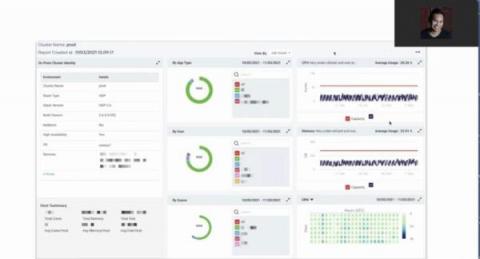Tips to optimize Spark jobs to improve performance
Summary: Sometimes the insight you’re shown isn’t the one you were expecting. Unravel DataOps observability provides the right, and actionable, insights to unlock the full value and potential of your Spark application. One of the key features of Unravel is our automated insights. This is the feature where Unravel analyzes the finished Spark job and then presents its findings to the user. Sometimes those findings can be layered and not exactly what you expect.




